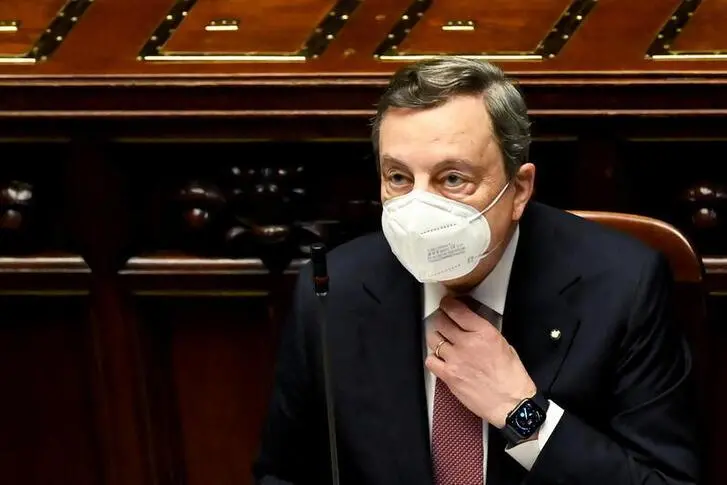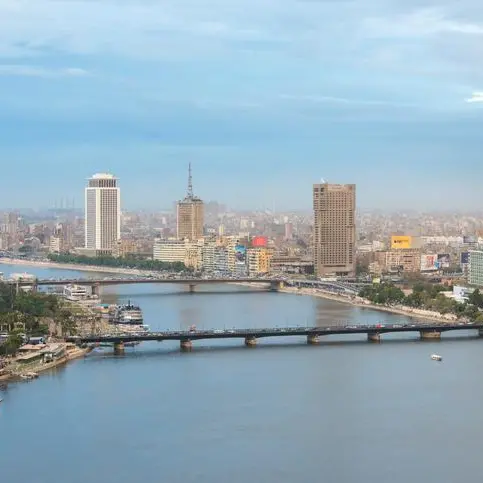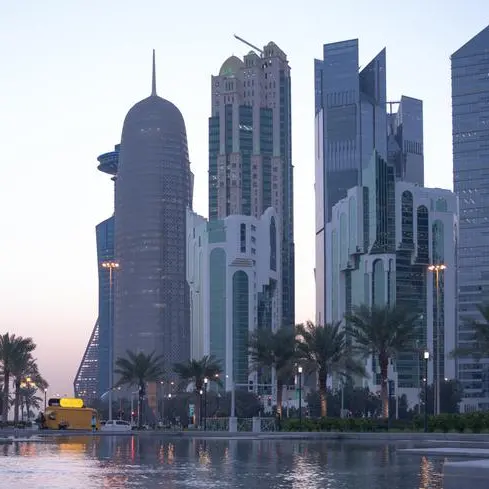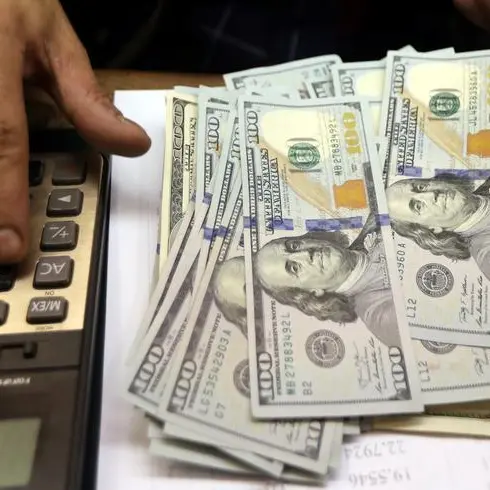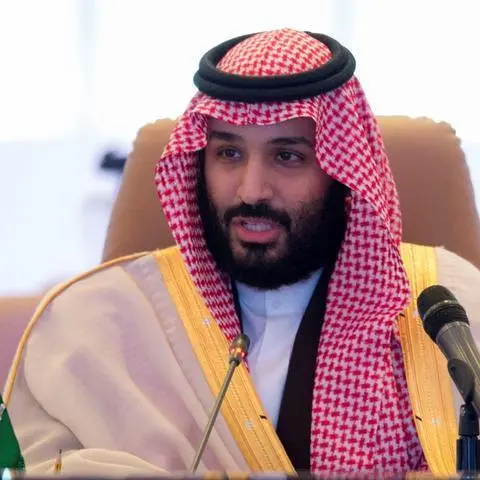PHOTO
(The author is a Reuters Breakingviews columnist. The opinions expressed are his own.)
LONDON - Prime Minister Mario Draghi has big plans for Italy. On Monday, he outlined the bold reforms that he has pledged in order to obtain around 200 billion euros of European Union funds. It’s part of a multi-pronged attack on economic ills that were exacerbated by the pandemic. But a short tenure means he has to act fast.
Italy, which was struggling with sluggish growth and high indebtedness before the pandemic, could see its debt reach around 160% of GDP this year. Draghi is using fiscal stimulus to keep the economy on life support for now, and plans to run a deficit of nearly 12% of GDP this year. Meanwhile, EU funds and reforms will help boost the growth potential of the euro zone’s third-biggest economy and bring debt under control.
His planned use of EU funds looks well-targeted. More than half will be allocated to green energy and digitalisation. Education and research, a long-term weakness, will receive over 30 billion euros. The total investment programme should boost growth by 3.6 percentage points by 2026. The snag here is that Italy has a bad record in deploying and spending EU money. And there’s a lot of catching up to do. In the past decade, Italy’s economy has on average grown by only 0.3% each year, according to World Bank data.
Draghi’s reform agenda also hits most of the right spots. He wants to speed up Italy’s lengthy court cases, boost competition and make the public administration more efficient. Lower costs and less bureaucracy should make it easier for companies to invest and hire. But governments that take tough measures have a short shelf life, as previous reforming leaders Mario Monti and Matteo Renzi discovered. And measures can be poorly implemented, or unpicked by future governments.
Draghi’s job is even harder since elections are due at the latest in 2023. True, he may stick around, perhaps as president if not as prime minister. And future administrations’ hands may be tied given EU funds will be disbursed only if Italy hits certain milestones. But much hinges on whether Draghi succeeds.
Failing to make the most of EU funds or half-hearted reforms could fuel anti-EU sentiment in northern Europe. As others have found before the man known as Super Mario, fixing Italy’s problems is a marathon rather than a sprint.
CONTEXT NEWS
- Prime Minister Mario Draghi presented an economic recovery plan to parliament on April 26, telling lawmakers it held the keys to Italy's future wellbeing. Italy plans to spend more than 220 billion euros to revive its coronavirus-battered economy.
- Much of the cash will come from special European Union funds, with the money due to be spent on projects to improve Italy's fragile infrastructure, boost environmentally sustainable development and encourage digital innovation.
- Earlier in April, the government hiked its budget deficit projections to 11.8% of gross domestic product this year by earmarking an extra 40 billion euros for subsidies and guarantees to sectors hit by the Covid-19 pandemic.
- Italy’s economy contracted by 8.9% in 2020, the worst annual recession since World War Two. European Commission forecasts showed the Italian economy will be the slowest to recover pre-pandemic levels among the 27 EU members.
(The author is a Reuters Breakingviews columnist. The opinions expressed are his own.)
(SIGN UP FOR BREAKINGVIEWS EMAIL ALERTS http://bit.ly/BVsubscribe | Editing by Swaha Pattanaik and Karen Kwok) ((neil.unmack@thomsonreuters.com; Reuters Messaging: neil.unmack.thomsonreuters.com@reuters.net))
